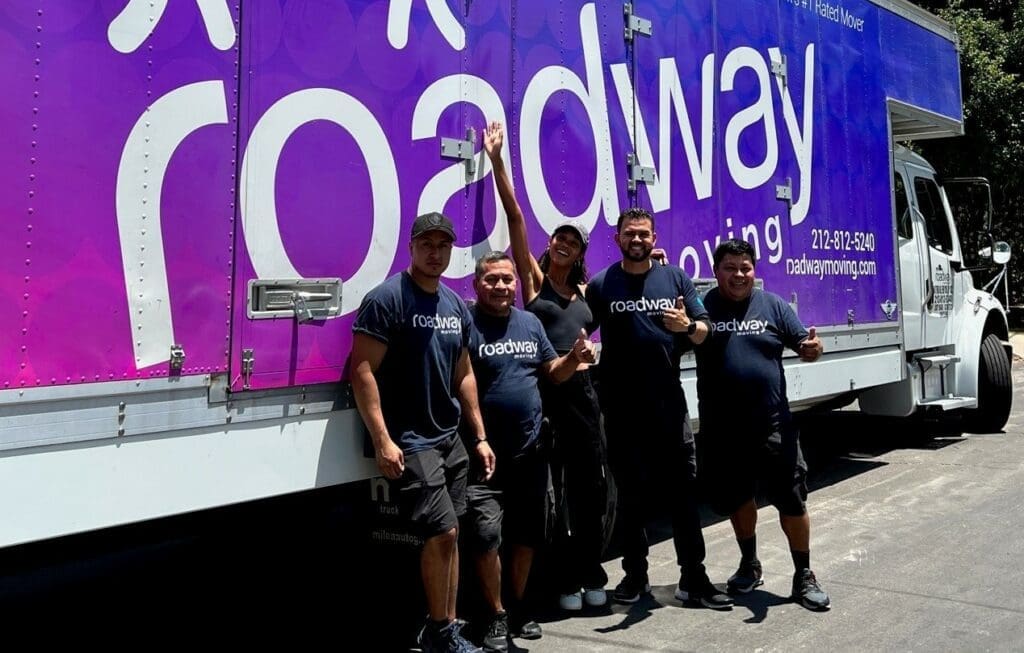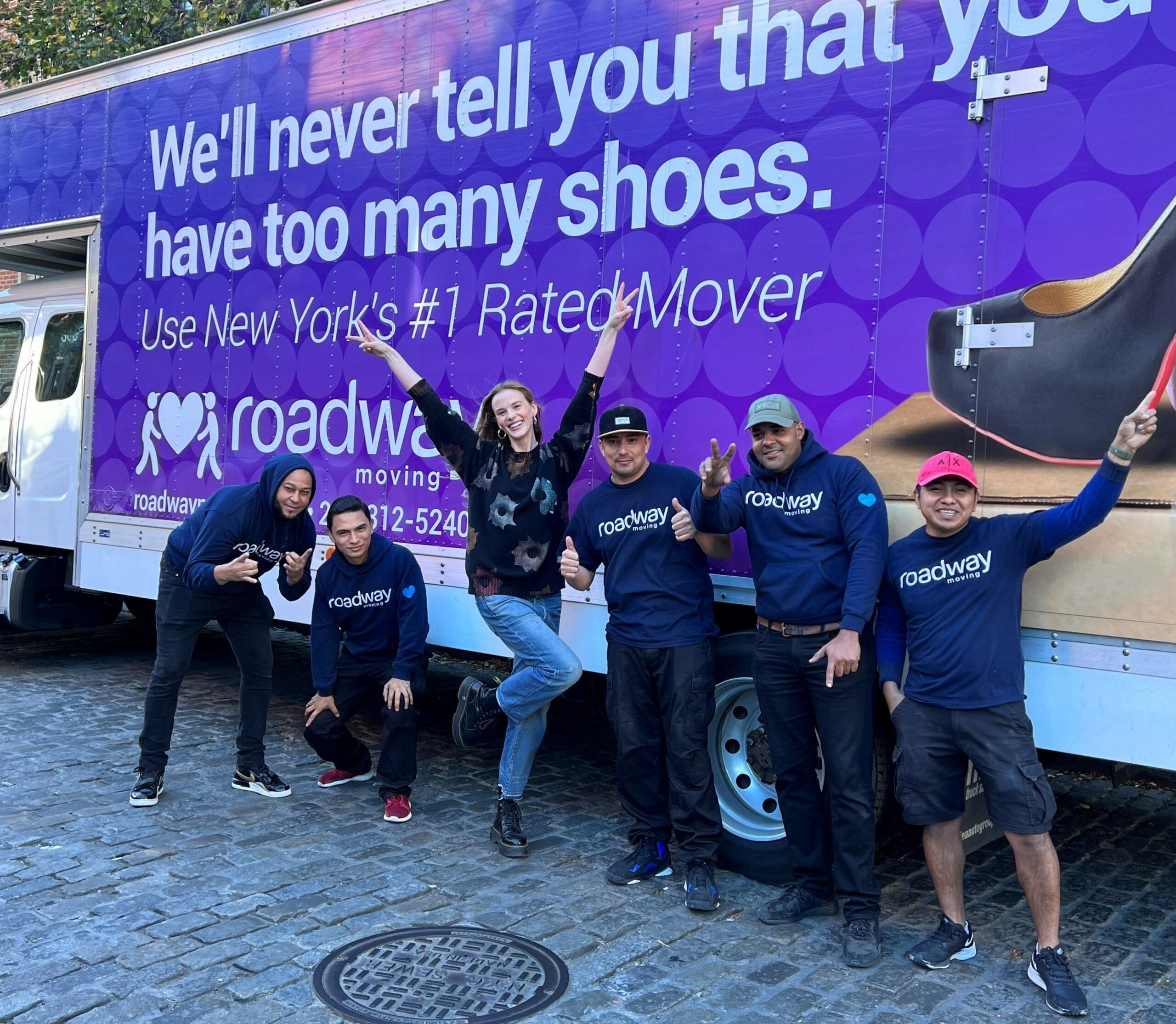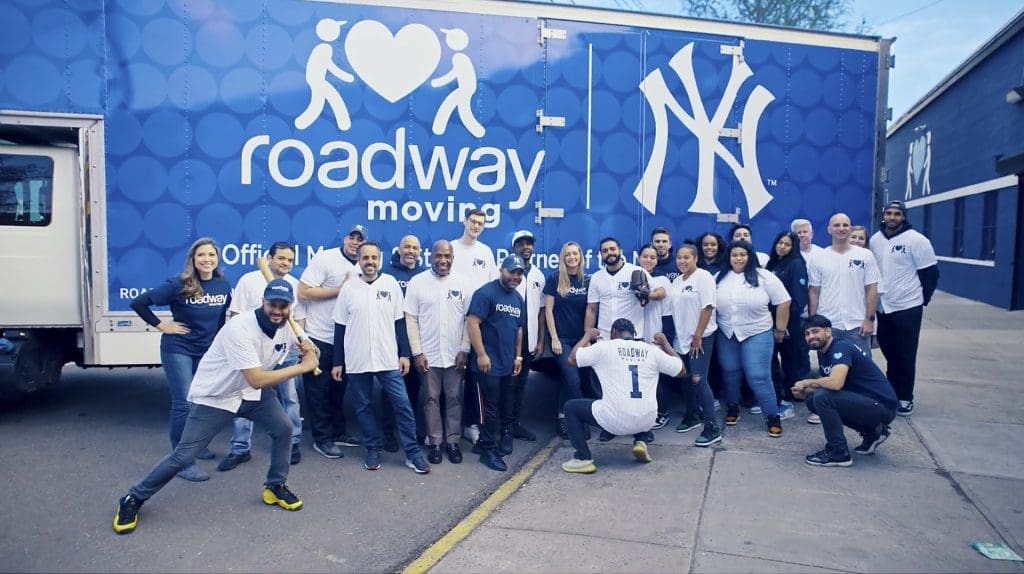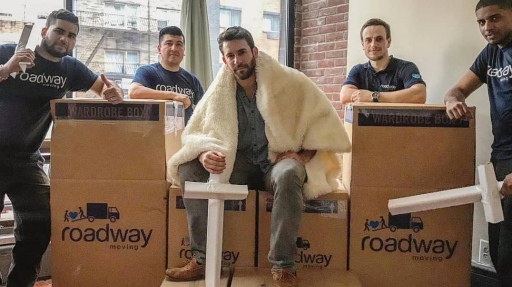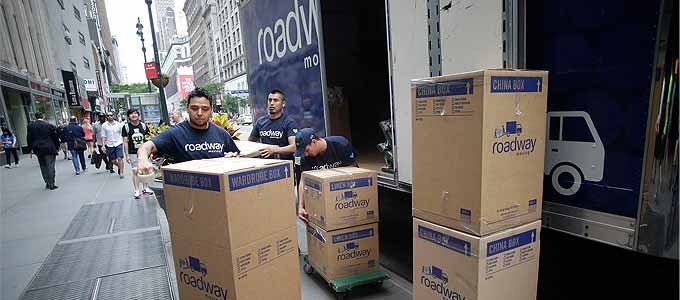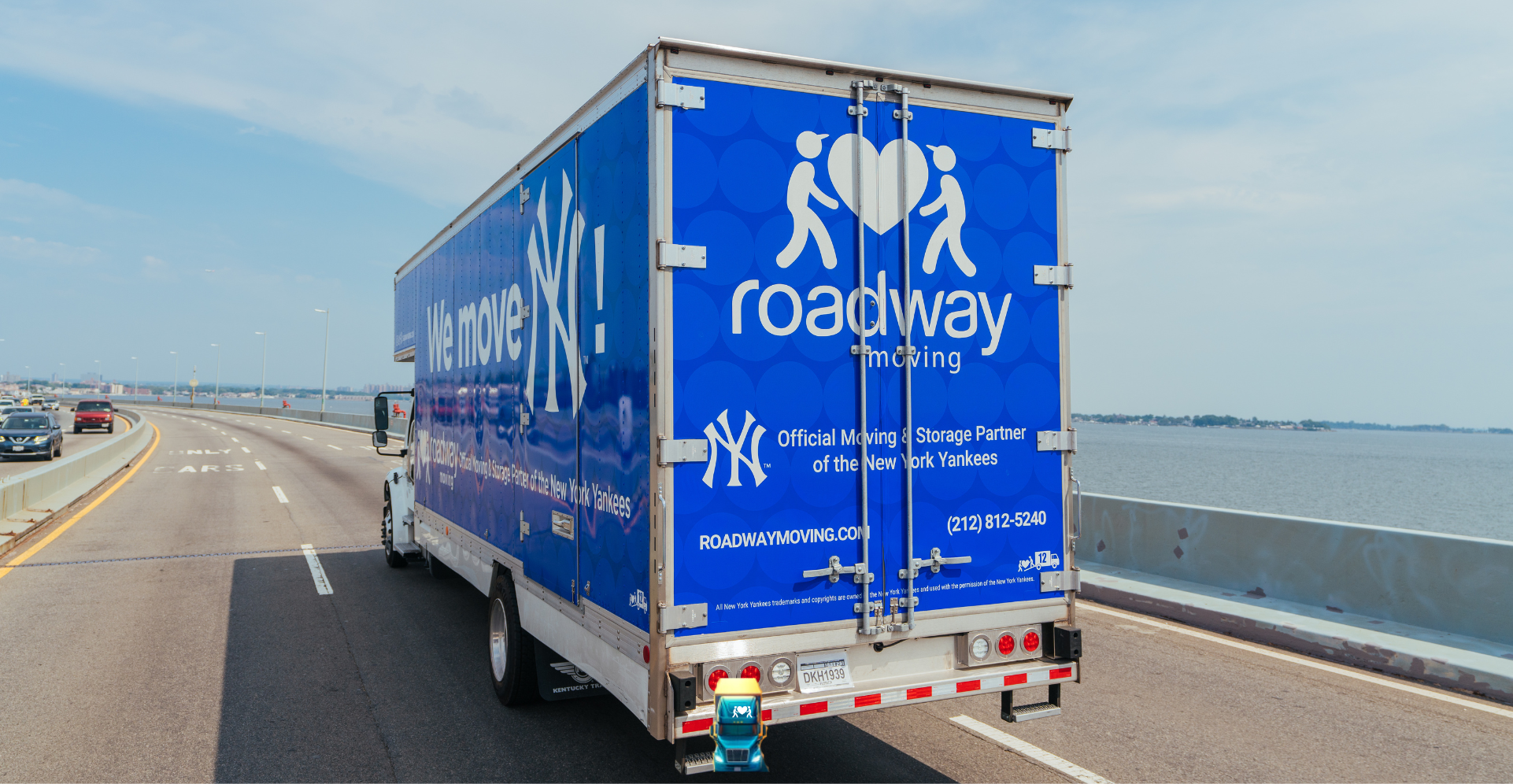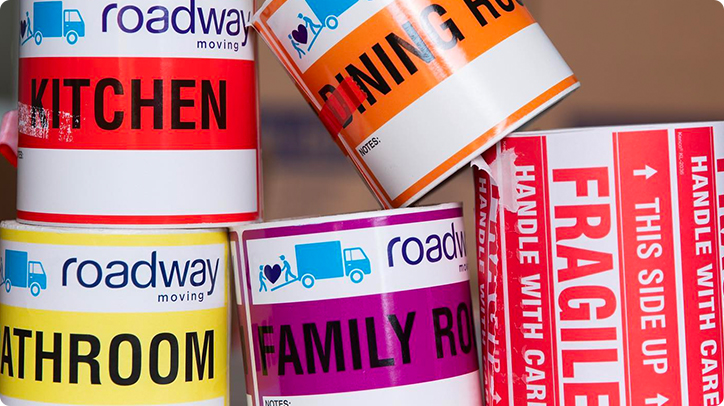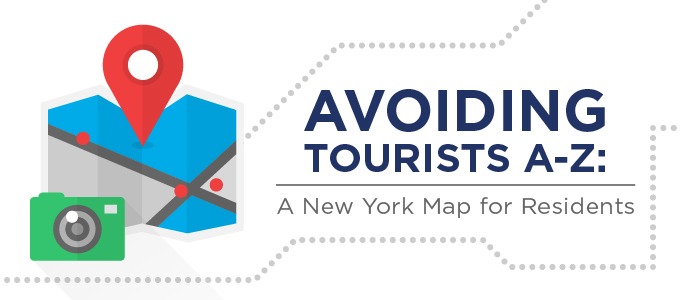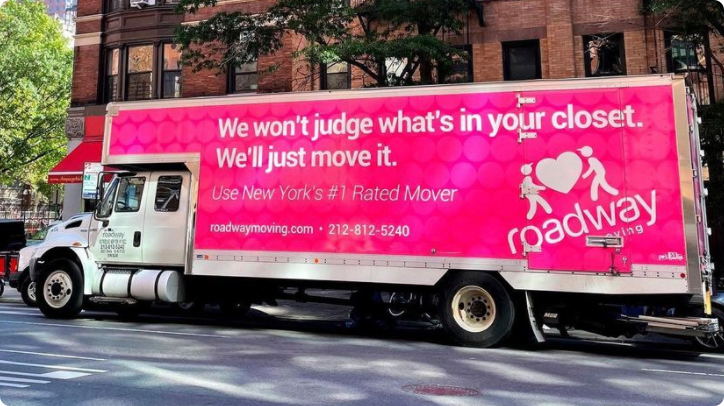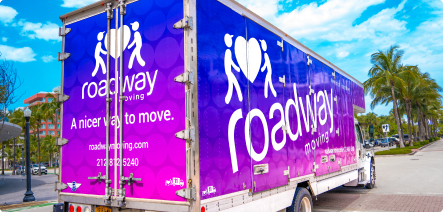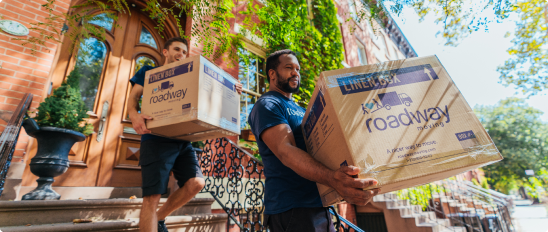How to Organize and Label Boxes for Easy Unpacking






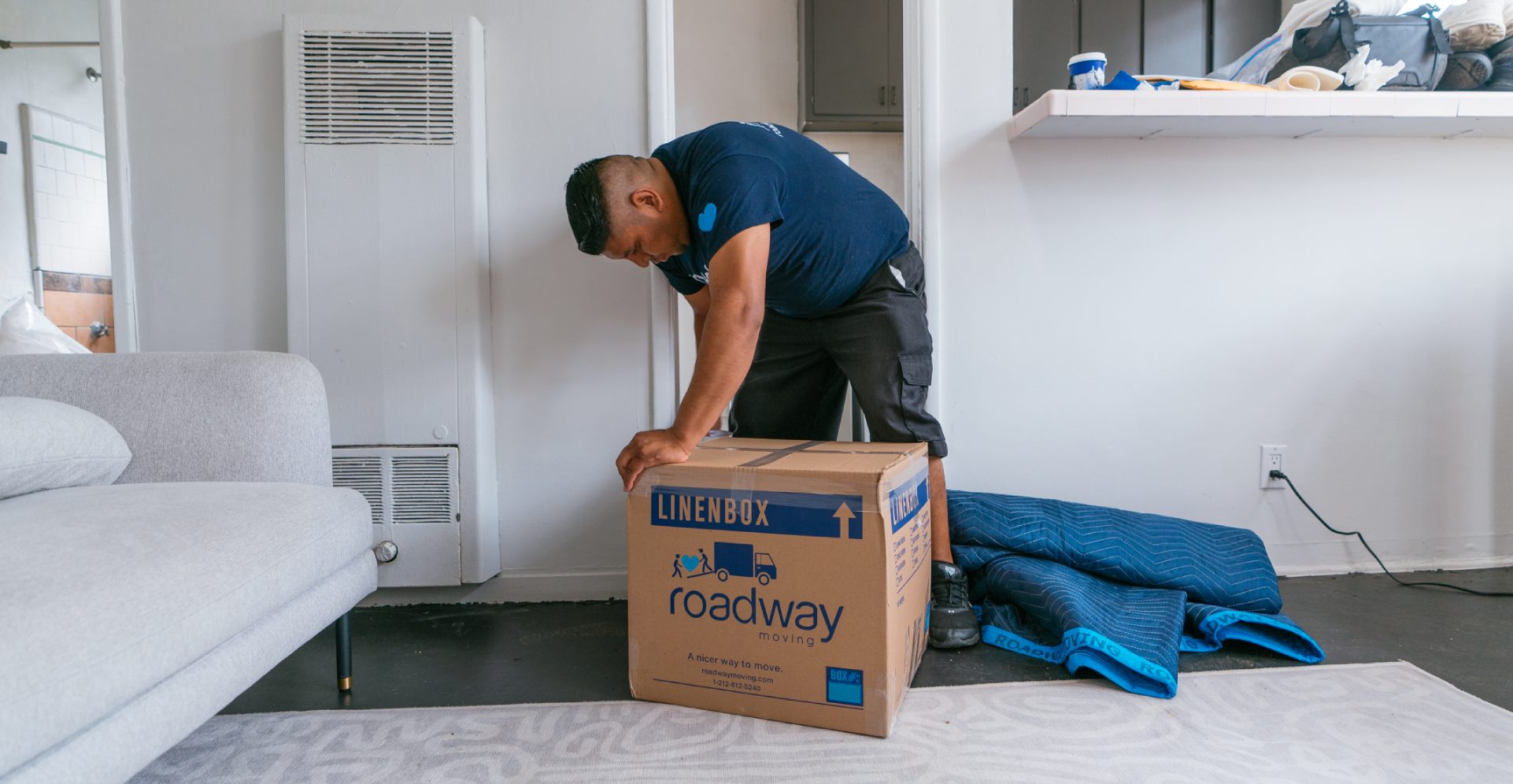
Moving to a new home is an exciting adventure, but the process of packing up your life and then unpacking can be a daunting task. The chaos of locating belongings, deciding where they should go, and handling fragile items can lead to stress. That’s where the art of organizing and labeling boxes comes in.
In this guide, we’ll walk you through a comprehensive set of tips and strategies to streamline your unpacking process and ensure a smoother transition to your new abode.
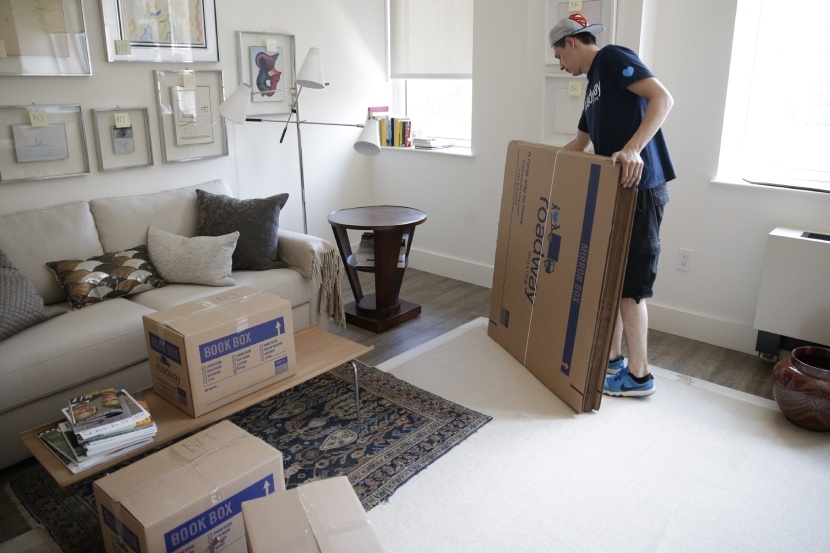
1. Pre-Packing Planning:
Moving provides an excellent opportunity to declutter your life. Before you even start packing, take some time to sort through your belongings. Donate or dispose of items you no longer need or use. This will not only reduce the number of boxes you have to unpack but also help you start fresh in your new space.
2. Sort and Categorize:
Begin by sorting your belongings into categories. Grouping items by rooms or functions makes packing and unpacking more systematic.
Clearly labeled categories like kitchen, bedroom, office, and more will guide your packing process and later help you decide where things should go in your new home.


3. Gather Packing Supplies:
To make your packing process efficient, gather essential packing supplies. This includes sturdy boxes, packing tape, bubble wrap, markers, and labels.
You can also repurpose items like suitcases and tote bags for packing smaller items.
If you’re wondering where to find boxes, this guide offers valuable insights.
In case you are hiring professional moving company for your move, you may ask your movers if they offer packing supplies. At Roadway Moving, we offer packing supplies to our customers and we deliver them usually about seven days prior to the moving date, so that there’s enough time to pack everything.
4. Use Appropriate Boxes:
The choice of boxes matters. Opt for boxes suited to the type of items you’re packing. Use heavy-duty boxes for books and fragile items, wardrobe boxes for clothes to minimize wrinkling, and specialized boxes like mattress, lamp, and TV boxes for protection. Don’t forget to select the right box size to avoid overloading and making them easy to carry.
Here’s a list of different types of boxes that we use at Roadway Moving to protect your items when moving or storing with us:
- Book Box
- Linen Box
- Wardrobe Boxes
- Dish/China Box
- Lamp Box
- Parts Box
- TV Boxes
- Commercial Bin
- Picture Bin
- Mattress Box
- Mirror/Picture Box
- Wine Boxes
5. Labeling Techniques:
The heart of efficient unpacking lies in clear labeling. Employ color-coding based on rooms or numbering each box to correspond with a master list. This ensures that, even when boxes are stacked, you’ll easily identify their contents. Write detailed labels on multiple sides for quick identification.
6. Fragile Items and Handling:
Fragile items demand special attention. Wrap delicate possessions in packing paper or bubble wrap to safeguard them during the move. Use cushioning materials like newspaper or clothing to provide extra protection. Label boxes containing fragile items prominently with clear “Fragile” markings, ensuring they receive gentle handling.
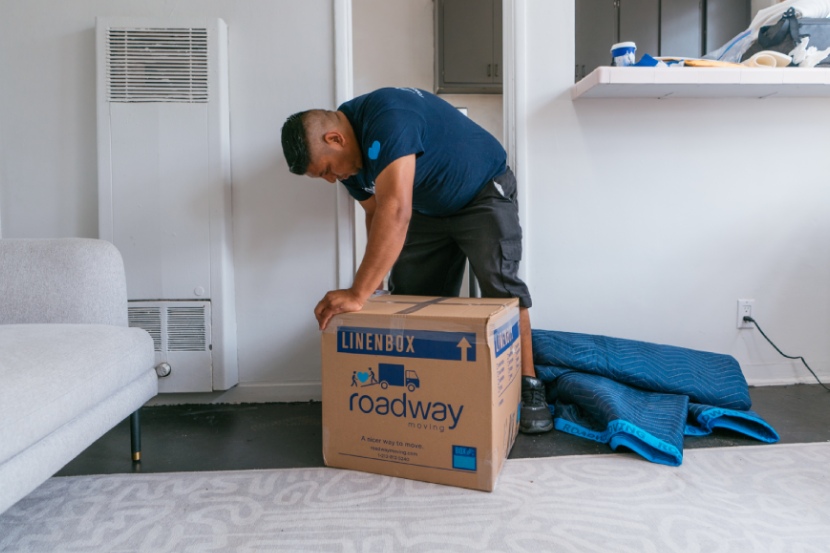

7. “Open Me First” Box:
Create an “Open Me First” box containing essential items you’ll need right away in your new space. Include toiletries, a change of clothes, phone chargers, important documents, basic kitchen utensils, and any other immediate necessities. This box will save you from rummaging through various boxes on your first day.
8. Room-By-Room Packing:
Packing room by room is a strategic approach. Pack items from the same room together and label the boxes accordingly. This method streamlines unpacking, allowing you to focus on one space at a time. When you’re ready to unpack, tackle each room systematically.
9. Master Inventory List:
Creating a master inventory list is a game-changer. Record the contents of each box as you pack. You can use a notebook or take advantage of digital tools and apps designed for this purpose. Having a detailed inventory will save you from opening numerous boxes to find that one specific item you need.
10. Unpacking Strategically:
Unpacking can be overwhelming, but with a plan, it becomes manageable. Start with your “Open Me First” box to access immediate essentials. As you unpack, follow your room-by-room strategy. Begin with the essentials in each room, like setting up your bed in the bedroom or arranging kitchen basics. Gradually move on to less crucial items.
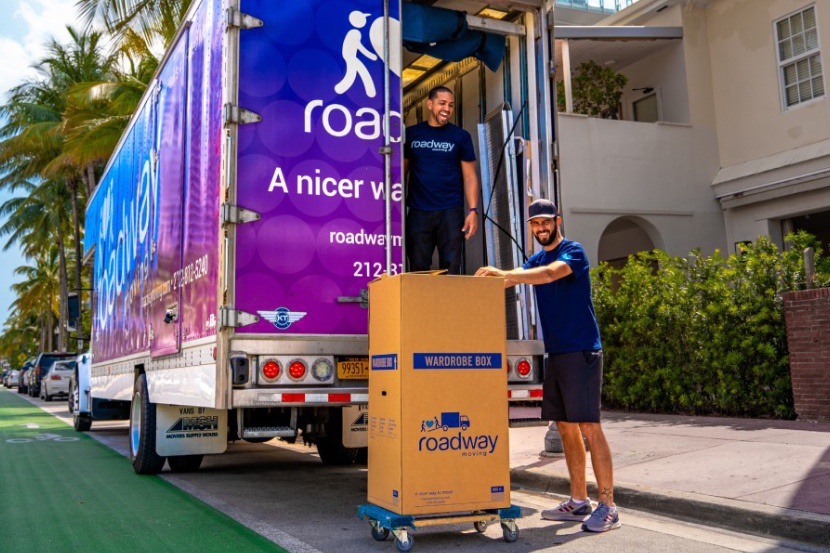

Conclusion:
In the whirlwind of moving, a little organization goes a long way. By following these practical tips for organizing and labeling your boxes, you’re setting yourself up for an easier unpacking experience. From decluttering to labeling, each step contributes to a smoother transition to your new home.
So, whether you’re moving across town or to a new city, put these strategies into action and enjoy a more seamless unpacking process. Happy moving!

